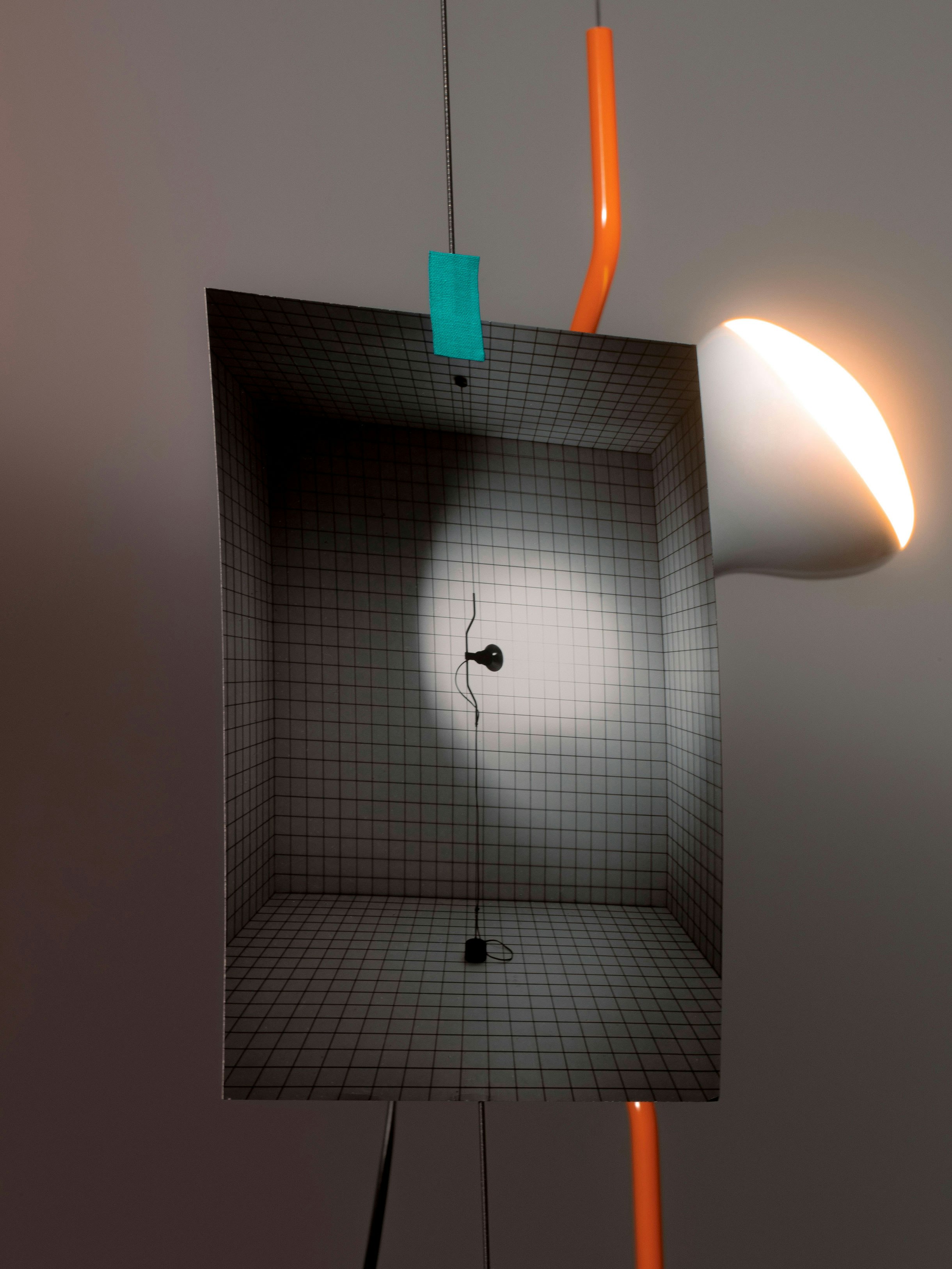Flos for planet
Parentesi 50
Designed by Achille Castiglioni and Pio Manzù

Sometimes it happens that a project that is already half a century old, and about which we thought we knew everything, unexpectedly reveals qualities that we did not suspect it could have: we thought we knew Parentesi well, and instead something had escaped us.
Looking at it through today's eyes, we realise that in a certain sense its hybrid and nomadic character interprets the fluidity of our time much better than many objects around us. What we didn't realise is that Parentesi, by its very nature, is also sustainable: although it is the child of an age usually associated with the waste of resources and pollution, its environmental impact is low.
First of all, its light source is one of the easiest to replace, even if today we use LED lamps with the same screw connection as in the past. Of course, the modern light bulb consumes much less and has a much longer lifetime than the old incandescent bulbs, but even if it runs out, it is always possible to change it – which is not always possible with first generation LED luminaires.

Since Parentesi is made up of only a few parts to be assembled, if you ever want to throw it away it will be easy to break it down and correctly sort the different materials for recycling. On the occasion of the 50th anniversary, only one intervention had to be made on the counterweight: instead of applying a protective rubber overmould to the metal, it is now used is formed from a block of cast iron clad in a silicone sheath, which can be separated from the core. These two materials derive from widely available resources (iron for the cast iron and silica for the silicone, respectively), and both are recyclable.
Finally, the different components of Parentesi are compacted into a small, lightweight package, so transport costs are very low. The two authors, Manzù and Castiglioni, had not foreseen that this would also reduce the environmental impact: a light package reduces the fuel consumption necessary for transport.
When we decided to reintroduce the original packaging, transparent and with a handle, we asked to use completely recycled PET derived from the recovery cycle of waste materials such as plastic bottles. By its nature, PET is perfectly recyclable, so if you don't want to keep the Achille Castiglioni-designed packaging, just throw the two shells in the recycling bin.





